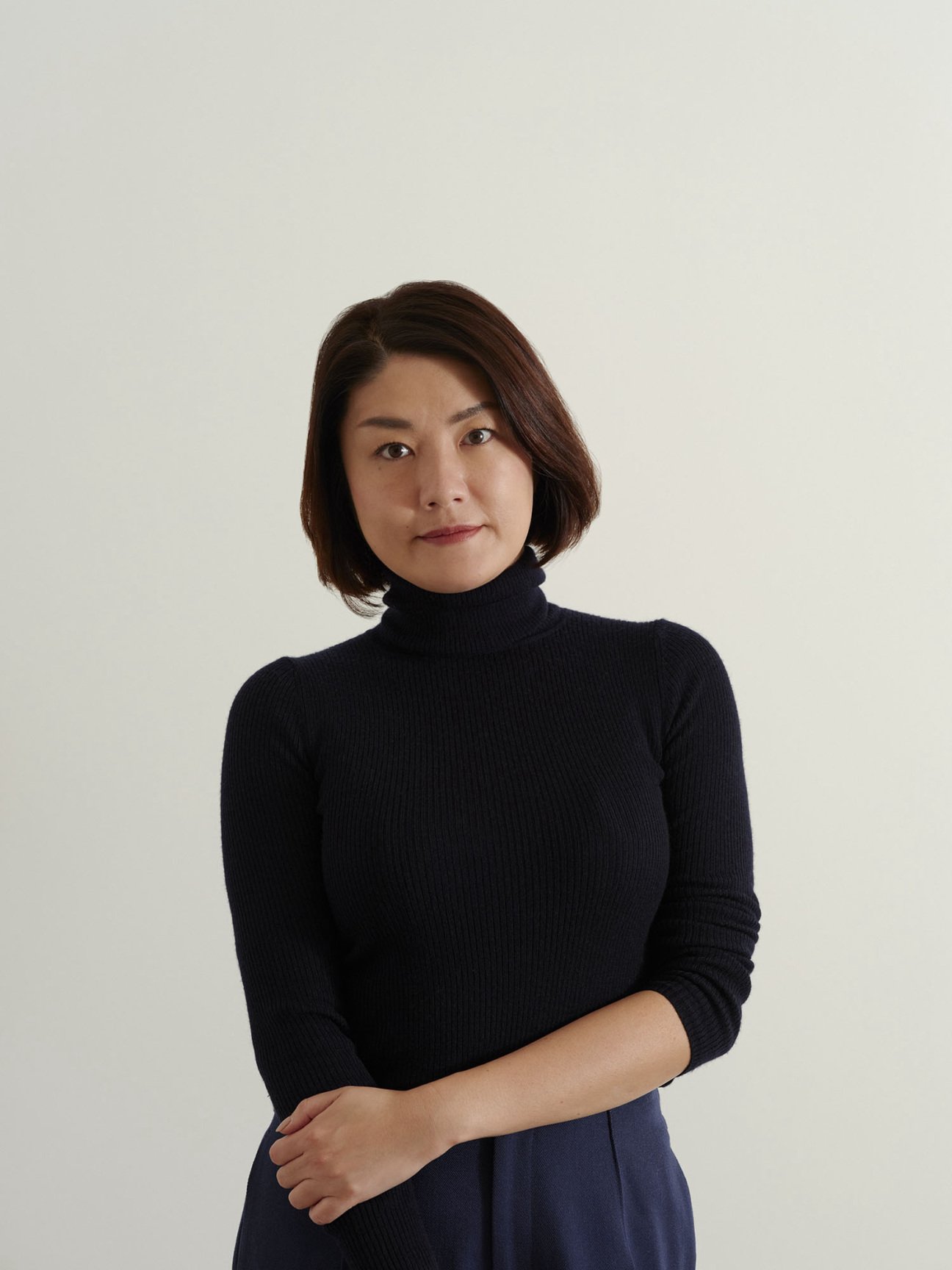
The View From is excerpted from The Asia Pivot, Artnet Pro’s biweekly members-only newsletter providing mission-critical analysis, insights, and exclusive intelligence on developments in Asia’s art markets, with a focus on business opportunities and challenges. Subscribe here to receive it directly to your inbox.
Having some 20 telephones ringing to bid on an ultra-contemporary work was not unusual at auctions in Asia a year or two ago. There was heated demand that resulted in off-the-chart prices. The art industry’s swift adaptation of digital initiatives during Covid opened new doors to art collecting, making it more accessible and enticing to newcomers. The enthusiasm was unparalleled.
This is no longer the case. Now that Asia has returned to some degree of normalcy after stringent Covid quarantine and travel restrictions were lifted after nearly three years, much later than that in the west, people are traveling again—profusely. What Asian “revenge tourism” means for the art market is that collectors are distracted. Whereas buying art became a primary pastime during Covid, it has reverted to being just one of many.
Also, people who took on a lot of leverage in the last few years are now keen to repay their loans as soon as possible as interest rates continue to spike. High interest rates have certainly had a significant psychological impact. When interest rates were low, cash was almost free and people were less likely to keep money in the bank. But now, you can get a high return from, say, a timed deposit. So when it comes to buying art, the sense of urgency is greatly reduced, unless it’s a specific piece you’ve wanted for some time. This shift has resulted in a mismatch between the expectations of sellers and buyers.
The overall pace has slowed down, for primary galleries, secondary dealers, and particularly young emerging galleries whose shows sold out instantly during Covid.
In my opinion this is a healthy phenomenon. For a good while, there was a huge amount of speculative money being poured into the market. But the frenzy is over. A cautious, leveled approach to art buying and collecting is now in place. Collectors are questioning—rightfully so—the value of certain kinds of art, and are a lot more selective. It was not healthy for freshly painted works from within the last five years to sell for hundreds of thousands of dollars. I’ve never met a single artist who has been excited or happy about seeing their work selling for such high prices at auctions when they are as young as in their 20s or early 30s. So the correction in this particular segment is reassuring in terms of the long-term health of the art market.
This is actually a global phenomenon, not Asia-specific, but we feel it more acutely in light of the Asia market’s accelerated expansion over the past few years. And indeed, despite the market slowdown, Asia’s place as a key player in the global market remains evident, especially at the top end. For instance, Klimt’s last painting, Lady with a Fan, which set a European record at Sotheby’s in London, was sold to an Asian collector. The results of the sale of the collection from Long Museum’s founders earlier were the talk of town—globally—also demonstrating Asia’s influence within international-market dynamics.
– As told to Vivienne Chow, originally published in The Asia Pivot on October 18, 2023.
Yuki Terase is a founding partner of art advisory firm Art Intelligence Global (AIG). In addition to offering bespoke advisory service to private clients, AIG also stages exhibitions around the world. This year it staged “Voice of a Generation: Works from the Collezione Sandretto Re Rebaudengo,” curated by Eugenio Re Rebaudengo, at its Hong Kong space. It also opened “A Force of Colour,” a solo exhibition of Seoul-born, New York-based, 1992-born artist S.H. Kim at Tiger Gallery at Onitsuka Tiger’s Regent Street shop in London during Frieze week.